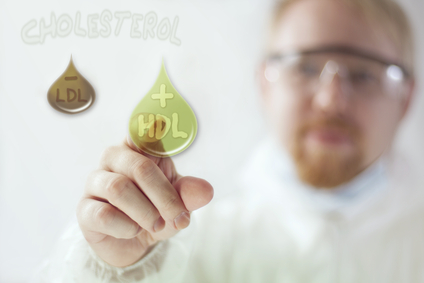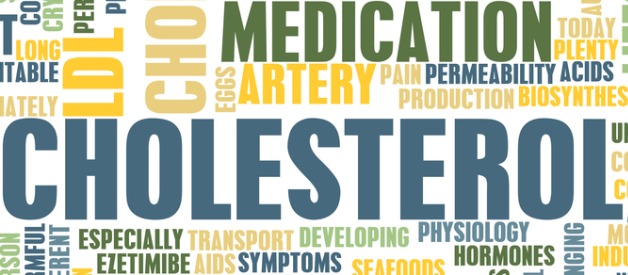
You’re a non-smoker and a regular at your local gym. You indulge in fast food once or twice a month, but otherwise, your meals are filled with vegetables. Your waistline is trim and you feel healthy.
And though your lifestyle and outward appearance are the picture of perfect health, your blood vessels may be telling a different story. High cholesterol levels may be slowly clogging your arteries and, unfortunately, you have little control over the situation.
Did your parents have high cholesterol?
Of course, poor diet, lack of exercise, and obesity are all risk factors for high cholesterol. But, for many years, medical researchers have also known that genetics play an important role in high cholesterol. Individuals with the highest risk have a father or a brother who developed heart disease or had a stroke before he was 55 years old or have a mother or sister to which these things happened before she was 65 years old.
In particular, there are two known genetic conditions that cause high cholesterol: familial hypercholesterolaemia and familial combined hyperlipidemia. Let’s take a closer look at each condition.
Familial Hypercholesterolaemia (FH)
This inherited condition raises LDL (bad) cholesterol because of a mutation on a gene on chromosome 19–the LDLR gene. This gene controls the cell receptors that normally accept LDL cholesterol from the blood and make use of it in the cells. However, with the FH mutation, the receptors don’t develop properly and the cells cannot receive LDL. Instead of being taken into the cells, the LDL cholesterol remains in the bloodstream and clogs up the arteries.
The Familial Hypercholesterolemia Foundation estimates that between 600,000 and two million people are living with FH in the United States. For these people, LDL levels may soar way above 160 mg/dL, more than double the normal levels. Unfortunately, many of them may be unaware of their condition until they suffer a heart attack or stroke.
It’s important to note that the artery-clogging effects of FH begin in the womb. Even young children can have LDL and total cholesterol levels that are extremely high. Because of this, the American Academy of Pediatrics recommends testing children’s cholesterol between the ages of 2 and 10 years old if they have a strong family history of heart disease, heart attack, or stroke.
Familial Combined Hyperlipidemia (FCHL)
This condition raises cholesterol and triglyceride levels. Researchers aren’t sure which genes are involved, but they do know the end results: low HDL (good) cholesterol levels and high levels of small, dense LDL (bad) cholesterol. Experts suspect that 1-percent of people in the United States have FCHL.
Unlike FH, individuals with FCHL develop high cholesterol and triglyceride levels in the teenage years. These individuals are likely to be obese and suffer from diabetes. Without proper treatment, the condition will continue to saturate the walls of the blood vessels with cholesterol and eventually, cause a heart attack or stroke.
Treatment options
Treatment for either of these conditions involves the usual course of lifestyle modifications: lower fat intake, increase exercise, maintain a healthy weight, and avoid smoking. However, in the majority of patients with FH or FCHL, lifestyle changes are not nearly enough to bring their cholesterol levels under control. Nearly all patients will need a heavy dose of cholesterol-lowering medications.
If you have been diagnosed with either one of these genetic conditions, it’s actually a good thing. People who have undiagnosed FH or FCHL are at a much greater risk of suffering a major cardiovascular event. With the proper diagnosis and treatment, you can knowingly take every step needed to lower your cholesterol levels.
Enjoyed this article? Try reading these as well . . . .
3 Unexpected Foods to Help You Lower Cholesterol
5 Ways to Increase Your HDL Cholesterol
Why Diabetics are at Risk for High Cholesterol





